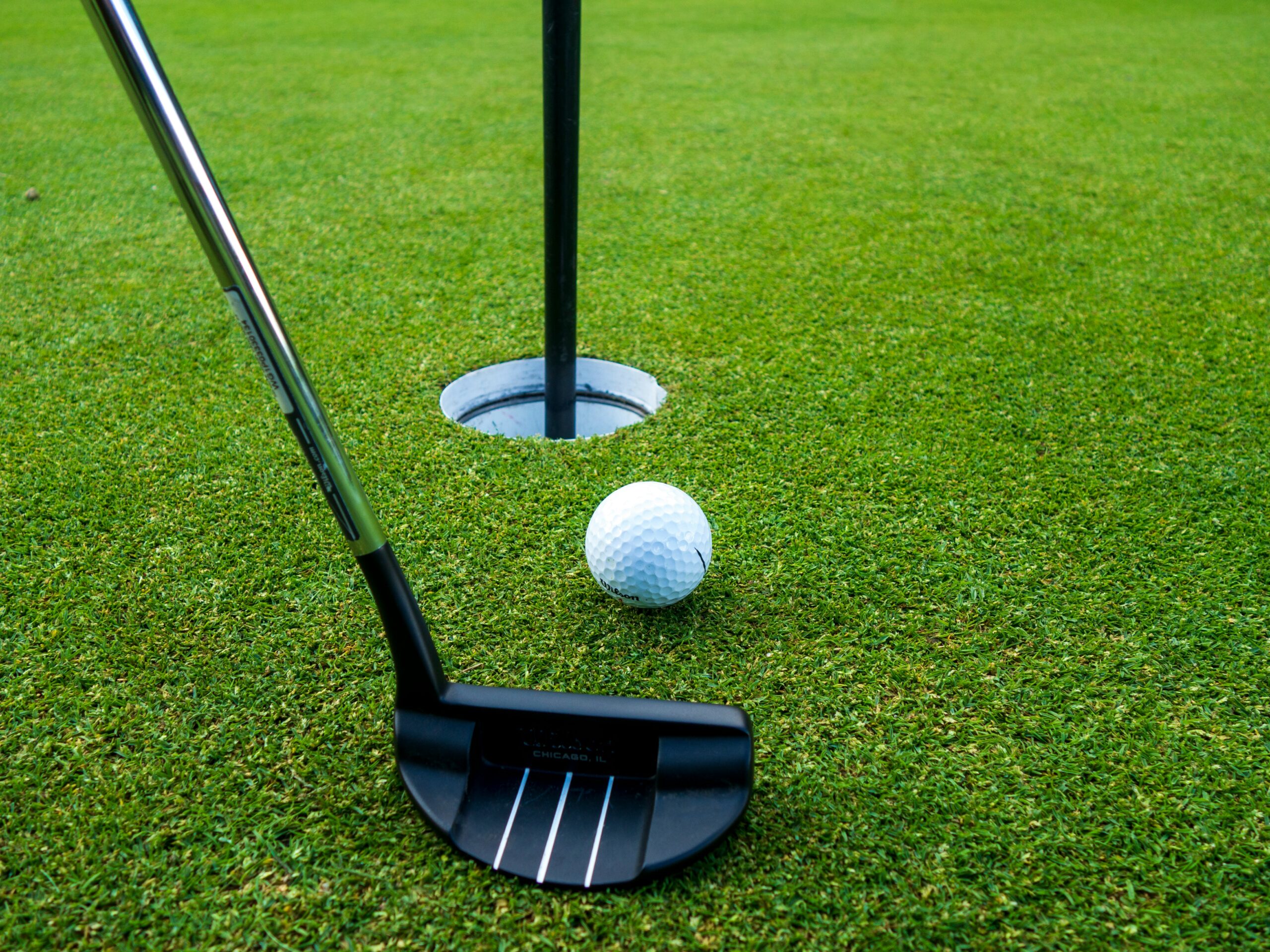
Maintaining your golf equipment is just as important as practicing your swing. Proper golf equipment maintenance ensures your clubs, balls, and accessories perform at their best and last longer. If you neglect regular care, your gear can deteriorate quickly, impacting your game. This article covers essential tips for golf equipment maintenance to keep your gear in excellent shape and elevate your performance on the course.
Why Golf Equipment Maintenance Matters
Golf equipment maintenance directly affects your ability to play well. Clean and well-kept clubs provide better contact with the ball, while properly stored gear prevents unnecessary wear. Neglecting maintenance can lead to rust, worn grips, or damaged shafts—all of which reduce your control and consistency. Therefore, prioritizing regular care helps you avoid costly replacements and improves your confidence during play.
Clean Your Golf Clubs After Every Round
One of the simplest but most effective tips for maintaining golf equipment is cleaning your clubs after each round. Dirt, grass, and debris accumulate on clubfaces, reducing friction and control. Use a soft-bristled brush and warm, soapy water to scrub grooves gently. Avoid harsh chemicals, as they can damage the finish. After cleaning, dry each club thoroughly to prevent rusting.
Keeping your clubs clean also helps maintain consistent ball flight and spin so that you can trust your shots. Don’t forget to regularly check the shaft and grip for dirt buildup and wipe them with a damp cloth.
Inspect and Replace Worn Grips
Grips wear out over time and lose their tackiness, which affects your hold and swing. Inspect your grips frequently for cracks, smoothness, or hardness. If you notice your grip slipping or feeling slick, it’s time to replace it. Professional regripping can restore feel and control without the cost of new clubs.
Regular grip maintenance is essential for comfort and safety. Some golfers clean grips with warm water and mild detergent to extend their life, but replacement remains the best option when wear is noticeable.
Store Your Equipment Properly
Proper storage plays a crucial role in golf equipment maintenance. Avoid leaving your clubs in hot or damp environments, such as inside a car trunk or garage. Excess heat can warp shafts, while moisture encourages rust and mildew on metal parts and grips.
Store your clubs indoors, ideally in a dry room, using a golf bag with a stand and a protective cover. If you travel often, invest in a hard case for additional protection. Proper storage prevents damage and keeps your equipment ready for the next round.
Protect Your Golf Balls
Golf balls might seem durable, but they can sustain scuffs and dirt that affect flight and distance. Regularly inspect your balls for cuts, cracks, or discoloration, and replace damaged balls to maintain consistent performance.
Store golf balls in a cool, dry place, and avoid extreme temperatures that can soften or harden the core. Some players keep balls in a ball pouch or container inside their golf bag to prevent damage.
Check Your Club Shafts and Heads Regularly
Golf equipment maintenance also involves examining shafts and heads for damage. Look for dents, bends, or cracks on shafts, which can affect swing mechanics and accuracy. Damaged shafts should be repaired or replaced by a professional.
Check club heads for loose parts or worn-out faces. Some clubs have adjustable heads, and ensuring settings remain secure is essential. Proper inspection prevents unexpected failures on the course.
Use Headcovers to Prevent Dings and Scratches
Using headcovers for woods, hybrids, and putters helps protect clubs during transport and storage. Headcovers prevent scratches, dings, and dents caused by clubs banging together in your bag or during travel.
Select padded and well-fitting headcovers for maximum protection. Consistent use helps maintain your clubs’ aesthetic and functional quality even if you don’t travel often.
Regularly Oil Metal Parts and Clean Bag Zippers
Maintaining the small details contributes to overall golf equipment maintenance. Apply a light coat of oil or lubricant on metal joints or moving parts to prevent rust and corrosion. Wipe excess oil to avoid attracting dirt.
Also, clean and lubricate your golf bag zippers to ensure smooth operation and prevent tearing. These simple steps extend the life of your entire golf setup.
Schedule Professional Club Fitting and Adjustments
Even with proper maintenance, your clubs might need professional tuning over time. Schedule regular club fittings to adjust loft, lie, and shaft flex according to your swing changes. Professional adjustments optimize your equipment’s performance and complement your skills.
While this tip goes beyond basic cleaning, it forms a crucial part of golf equipment maintenance for serious golfers aiming to improve.
Use Appropriate Cleaning Tools and Products
Avoid abrasive brushes or harsh cleaners that damage your golf equipment. Instead, use tools designed specifically for golf clubs, like soft nylon brushes and microfiber towels. Mild dish soap mixed with warm water works well for cleaning.
Select products free of solvents or acids to protect finishes and grips. Proper tools and cleaning agents help maintain equipment integrity and appearance.
Final Thoughts on Golf Equipment Maintenance
Golf equipment maintenance requires consistent effort but rewards you with improved play and extended gear lifespan. Clean your clubs and grips regularly, store your gear properly, protect your balls, and inspect for damage frequently. Combining these essential tips with occasional professional care will keep your golf equipment performing at its best, allowing you to focus on your game confidently.
If you follow these essential tips for golf equipment maintenance, you’ll enjoy better performance, save money on replacements, and have gear that looks great round after round.